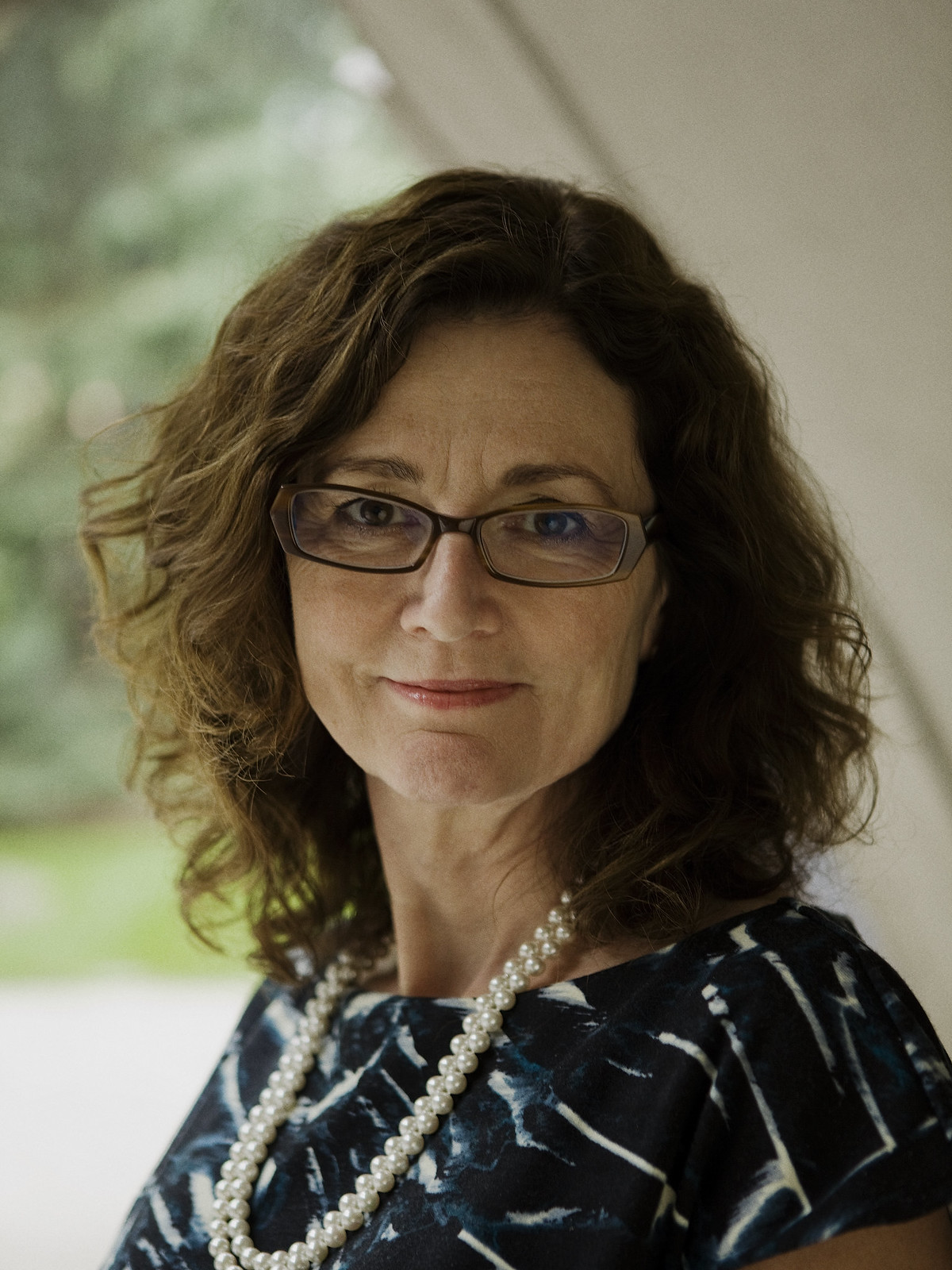Titia de Lange has been awarded the Dr H.P. Heineken Prize for Biochemistry and Biophysics 2012 for her research on telomeres, the protective elements located at the tips of chromosomes, which play a crucial role in ageing and cancer.
The biochemical machinery of human cells is designed to see breaks in the DNA ribbon as “defects” and to glue the loose ends together again. Fortunately, that machinery ignores the chromosome ends. Thanks to Titia de Lange and her research group, we now understand why.
De Lange was the first to suggest that telomeres are shielded from the cell machinery by a protein complex. Her ideas turned out to be correct. She played a major role in identifying the protein complex that protects the telomeres – a shield that she has named the ‘shelterin complex’.
De Lange and her group identified the first two proteins within the complex, Telomeric Repeat binding Factor (TRF) 1 and 2. She showed that TRF2 suppresses the cell’s repair system at the chromosome ends; if this protein is absent, the cell will ‘repair’ the telomeres and glue together chromosomes by mistake. De Lange showed that other repair processes are blocked by additional shelterin components.
De Lange also showed how shelterin prevents the activation of a surveillance system that monitors chromosomes for damage. The purpose of this alarm system is to stop the cell division cycle when chromosomes are broken. When shelterin is not working properly, the telomeres set off a false alarm, resulting in cell cycle arrest or cell death.
Together with her collaborator Jack Griffith, De Lange found that telomeres are arranged into lasso-like loops that hide the chromosome end. The cell’s repair and alarm systems therefore ignore the ends. They showed that the shelterin protein TRF2 helps in forming these loops.
Telomeres play a major role in healthy and sick cells. De Lange’s important and original research will therefore have implications for health care.
Further reading
Loayza, D., and de Lange, T. (2003). POT1 as a terminal transducer of TRF1 telomere length control. Nature 424, 1013-1018.
van Steensel, B., Smogorzewska, A., and de Lange, T. (1998). TRF2 protects human telomeres from end-to-end fusions. Cell 92, 401-413.
Smogorzewska, A., van Steensel, B., Bianchi, A., Schnapp,,G., Schaefer, M. R., Oelmann, S., and de Lange, T. (2000) Control of human telomere length by TRF1 and TRF2. Mol. Cell Biol. 20: 1659-1668.
de Lange, T. (2005). Shelterin: the protein complex that shapes and safeguards human telomeres. Genes Dev 19, 2100-2110.
Lazzerini Denchi, E., and de Lange, T. (2007). Protection of telomeres through independent control of ATM and ATR by TRF2 and POT1. Nature 448, 1068-1071.
Biography
Titia de Lange was born in Rotterdam, the Netherlands in 1955. She studied at the University of Amsterdam and obtained her PhD at the Netherlands Cancer Institute in Amsterdam, studying under Professor Piet Borst.
She was a postdoctoral fellow in the laboratory of Nobel laureate Harold Varmus at the University of California, San Francisco (UCSF). In 1990 she went to the Rockefeller University in New York. She was appointed professor there in 1997 and since 2011 has been the director of the university’s Anderson Center for Cancer Research.
Titia de Lange has received many other prizes and distinctions during her career. She is the recipient of the 2011 Vilcek Prize in Biomedical Science, the 2010 AACR Clowes Memorial Award, and the 2008 Massachusetts General Hospital Cancer Center Prize. In 2003, the University of Utrecht awarded her an honorary doctorate.
She is a member of the Royal Netherlands Academy of Arts and Sciences, the European Molecular Biology Organization (EMBO), the American Academy of Arts and Sciences, and the United States National Academy of Sciences.
